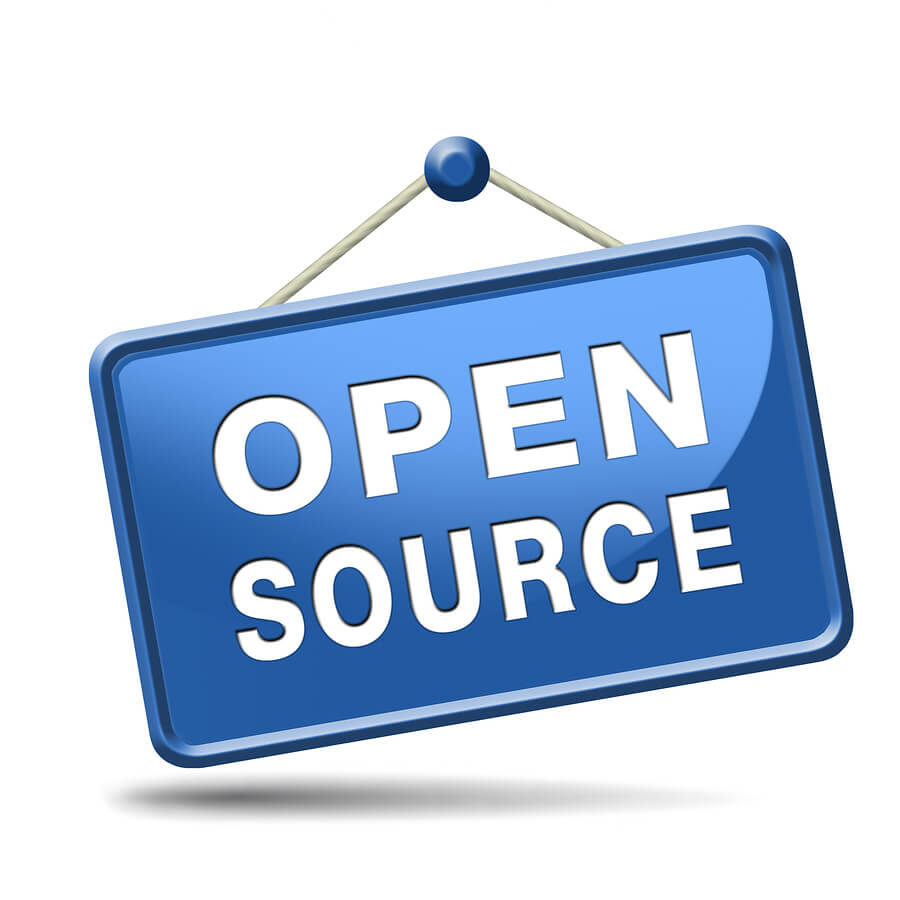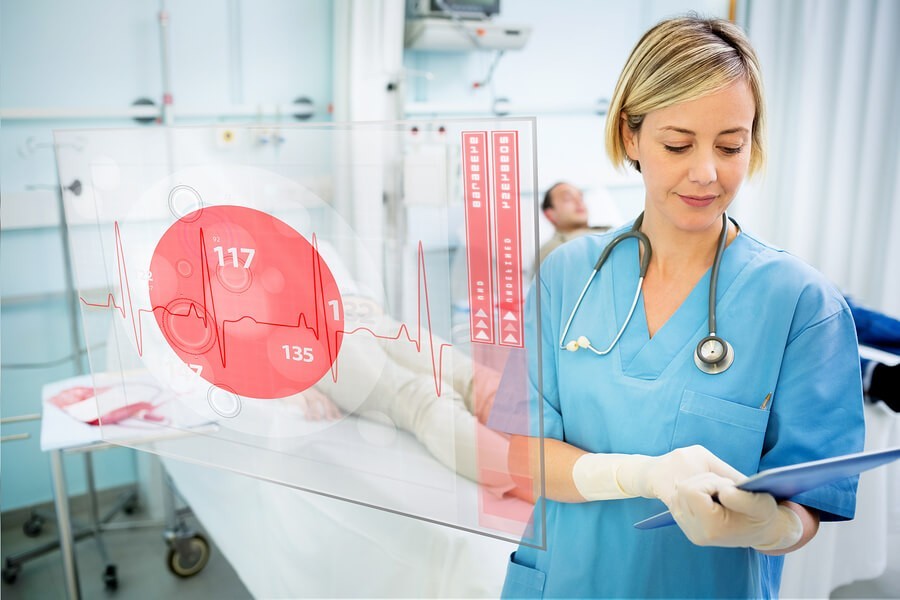March 31, 2014
Android in medical devices, it’s a rather novel idea. While not exactly brand new, it’s definitely an emerging frontier for the platform. The idea of a smartphone operating system being responsible for medical tasks might seem a little frightening, but it actually makes a lot of sense. Android, after all, is a general computing platform based on Linux (which is based on Unix). Its most popular application is in mobile devices, and one of the largest shifts in medical technology is toward mobility. Basing that mobility in a solid, proven, and open source operating system therefore makes logical sense.
Even beyond mobility, Android has a lot to offer the medical space – an industry which has lagged absurdly in technical progression. By leveraging embedded Android in medical devices, we can usher in a new era of highly-connected and modern medical equipment.

Traditional medical equipment has been an island up until now. It performs a set of functions, reports the results to the user, and its communication and capabilities end there. Many are built using obscure or proprietary embedded systems that mask the inner workings of the device, even from outfits like the FDA which is becoming increasingly more active in mobile medical software regulation. While some data interoperability exists in these devices, they commonly use the antiquated HL7 protocol to communicate.
Android, on the other hand, is a complete computing system capable of doing everything a desktop can do but in a wide variety of mobile devices. Most medical devices are in fact mobile. They may be large but they’re almost always on wheels and designed to be moved about the hospital. Although executed rather poorly, touch screens in modern medical devices are becoming increasingly common, something the Android UI was specifically designed for. Lets take a look at some additional advantages of embedded Android in medical devices.
So what advantages does Android have over other embedded systems? When it comes to medical devices, there are quite a few:
Unix, or in Android’s case Linux, is the foundation of just about every operating system out there, and with good reason. It’s the most mature, flexible, and stable core to build a multitasking, multi-user OS on top of. This maturity and familiarity should provide peace of mind when developing patient critical medical software. The open-source licensing helps to keep costs down as well.
Android applications are developed using the Java programming language, one of the most popular programming languages in existence. With that popularity comes an active development community and a large pool of skilled developers to build medical systems. The development tools for Java are also mature and popular, aiding in the speed of development, debugging, testing, and quality of the software.
The ubiquity of Android on mobile platforms means that hardware manufacturers support the system more widely. Companies building medical hardware can focus on their product’s physical capabilities and worry less about the software that will be embedded into it.

Android has always been focused on device communication and networking. It’s got vast and complete libraries for a variety of wired and wireless communication protocols. It supports and has drivers for a large number of radio devices/chips from the most common manufacturers. The networking capabilities coupled with the Android middleware and Java tools open up exciting new possibilities for data exchange and interoperability. Where medical devices have suffered in the past due to the lack of a standard communication protocol outside of HL7, Android-based medical devices can take advantage of everything modern software has to offer such as the simple and flexible exchange of data via API’s.
HL7 has provided a much-needed service to the industry – a basic method of exchanging information and sending messages between different systems – but it’s far from anything like an API. There are simple operations available for atomic transactions like sending an image or document, but where patient records are concerned it falls flat. With HL7, messages and actions typically come from an EMR in the form of an uninterrupted message stream (a firehose of data). If one of those messages is missed due to a network issue or a processing error, vital data may be lost and incorrect care may be provided. The opportunity for medical error therefore rises dramatically, especially when the missed message is medication-related. The receiving system is also left to manage that patient data in its own way rather than fully leverage the EMR for the purpose, effectively duplicating the data.
Part of the reason HL7 has become so widely used is due to the fact that medical devices usually lack the capabilities necessary to communicate in a more effective manner. With embedded Android, all of that can change.
Nearly all traditional medical software has something in common – they look terrible. This is a byproduct of the proprietary technologies that most embedded systems in medical devices use. Since the developer usually has to roll their own GUI solution, they tend to put minimal effort into the design and display of the user interface and instead focus their time on the core functionality of the device. The problem is, when usability suffers, so does the overall product.
By embedding Android into medical devices, all of the difficult work around the UI sub-system is done for you. The developer can use the provided layout tools to build a beautiful and functional UI/UX for the system that will drastically improve usability.
Touch screens for general computing have only recently become common. Up until now, operating systems have favored a mouse and keyboard so much that using a touch screen on them just didn’t make sense. Regardless of that fact, some medical devices needed a touch screen to be used anyway because it was the only input method that could be used in the intended environment. The touch screens were slow and inaccurate. Their interface was limited. Programming them and making changes was cumbersome.
Android is an operating system developed specifically for touch screens. As of Android 3.0 (Honeycomb), the system has been optimized to provide the best touch screen user experience across screens of any size, both small and large. By leveraging embedded Android in medical devices, this lagging industry can gain the quantum leap in touch computing that has occurred over the past 4 years.

Android is an open source operating system released under the Apache license. This permissive license allows anyone to freely modify the underlying code of the operating system, a crucial point for the highly specialized medical device field. Device drivers can be added or developed to allow for any number of sensors or instruments to be attached to the system and interact with the software. If an interface doesn’t currently exist for a unique medical tool you want to use, you’re free to add the capability into the Android code base and deploy it with your embedded Android medical device.
One of the biggest new opportunities presented to embedded Android in medical devices is the fact that Android is a complete computing platform rather than a single task system. Not only does this enable the device to run more than one program, it also enables each program to be more connected and feature rich. Applications can be made aware of other systems and communicate with ease. EMR data can stay in the EMR and the Android application can communicate directly with it via APIs. Sensor and measurement data can update the patient record in real-time without duplicating the source of the data. Medication changes and drug orders are relayed instantly to the embedded Android device and quality of care is improved. Devices can adapt to changing conditions and new information. The possibilities are endless.
We’re only just beginning to explore what Android can bring to the medical device space. Given the previously mentioned advantages of the platform, it’s not hard to see why Android is becoming increasingly popular for embedded systems. This is an industry sorely in need of a technical boost, and if the past is any indicator, continuing down the path of a different proprietary system per device can’t be an option. By migrating to a general computing platform based in mobility, like Android, vital medical applications can obtain the advanced technical capabilities we’ve come to take for granted in our day to day lives.
Hughes Systique has years of experience in embedded Android. The experience that allows us to develop specialized Android Kernels custom-tailored to the target hardware, improving boot time and stability for mission-critical applications.
(Do you find this article interesting? You may want to check out our Embedded Android pages to read more about what we do in this space.)